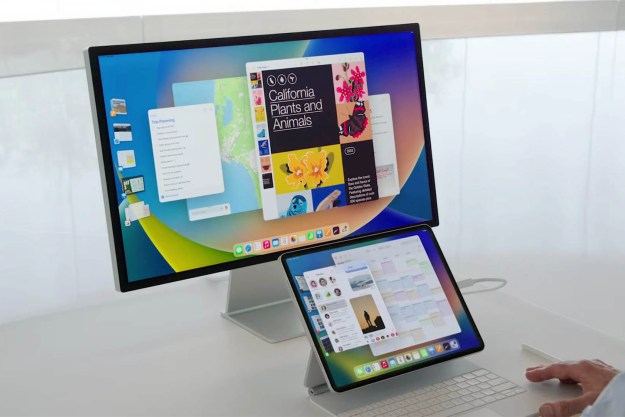Although contact management compnay Plaxo isn’t naming any names in its press release, the company has, in conjunction with Zingy, rolled out its new Plaxo Mobile Plus to Verizon Wireless customers, with more additional carriers like Alltel and U.S. Cellular schedules to come online by the end of the year. The idea is that users will be able to synchronize their mobile phone’s contact list with their email address book, eliminating the need to manually re-enter contact data, or painstakingly re-create contact lists when switching to a new phone.
“Today’s consumer is demanding easier ways to stay in touch with their friends, colleagues, and customers,” said Ben Golub, Plaxo’s President and CEO, in a statement. “And, they want to be able to communicate seamlessly from home, school, work, or on the road, regardless if they are on their mobile phone, e-mail, or IM. Our smart address book is the solution that consumers are looking for to increase their productivity and personal connectedness. We’re pleased to be working with a leading developer like Zingy to bring this solution to mobile phones.”
PLaxo Mobile Plus supports synchronizing contact information with Microsoft Outlook, Outlook Express, AIM, Yahoo Mail, Mac OS X’s Address Book, and Mozilla’s Thunderbird. The software supports a variety of BREW-enabled handsets, including a about 30 models supported by Verizon Wireless, including models from Samsung, Motorola, Kyocera, LG, and Audiovox. The software sends new contact information and updates wirelessly to a user’s phone; users can choose which address book entries should be kept synchronized.
Verizon Wireless will offer the service for $4.49 per month; pricing for other carriers hasn’t been announced.
Earlier in October, Plaxo announced more than 15 million people are using its contact management services, an increase of 5 million members in six months.
Editors' Recommendations
- This one thing could make iOS 18 the best iPhone update in years
- Apple just announced the dates for WWDC 2024
- iOS 17: How to share contacts using Apple’s amazing NameDrop feature
- What to do when your iPhone doesn’t show up in Finder (or iTunes)
- How to make a zip file on a Mac


